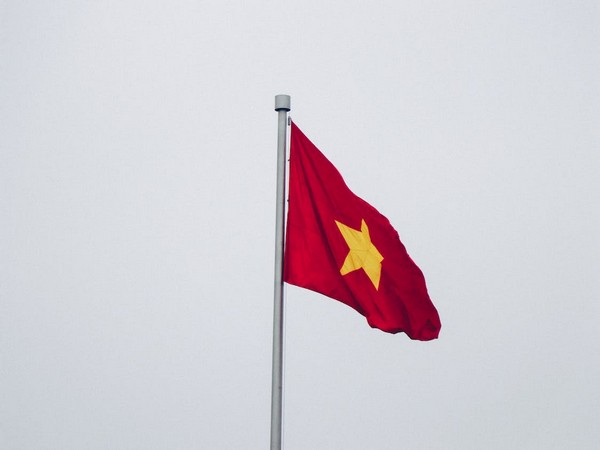The key for Vietnam to integrate internationally in 2024
Feb 06, 2024
Hanoi [Vietnam], February 6: On the occasion of the upcoming New Year, Thanh Nien would like to introduce an article by Associate Professor-Dr. Ho Dac Nguyen Nga (San Francisco State University, USA) sharing the expectation that Vietnam will further integrate with the global economy in the coming years. Year of the Dragon.
Product problem
Processing for foreign companies has been one of the pillars of the Vietnamese economy. It can be said that the majority of Vietnam's exports
However, currently very few Vietnamese companies can do this for two reasons: they do not know how to make products and brands for foreign markets. Therefore, some companies that can sell products with their brands abroad only stop at the overseas Vietnamese segment.
Reason? The product does not suit the tastes and consumption habits of foreigners and the brand fails to build a suitable position in the foreign market. That is, lack of research - development (R&D) and marketing capacity.
Let's take the example of selling crickets through the European market
The story of the Finnish company that sells crickets
Let's see how Finnish companies sell crickets into Europe. In some Asian countries like Thailand or Cambodia, crickets are a type of street food that is considered quite delicious. However, that positioning is impossible for the European market, it is difficult to convince Europeans to enjoy an insect because it is delicious. Simply because it goes against their culture.
Therefore, to sell crickets in Europe as food, Finnish companies use a completely different positioning: environmentally friendly foods (sustainable foods). To produce the same amount of protein, crickets use fewer natural resources and release far fewer toxins into the environment than livestock and poultry, making crickets an environmentally friendly source of protein.
Cricket's positioning of sustainable foods in Europe is an excellent positioning because it "hits" an important value of users and shows the strengths of the product. People do not sell whole fried crickets like in Thailand or Cambodia because that only fits the "delicious food" positioning, not the "sustainable" positioning, and is even more inconsistent with people's habits. European consumption.
Instead, they take cricket protein and put it into traditional European products such as protein bars or granola... Thus, crickets not only enter a niche market but go straight into the mass market in Europe under The form of popular products now has an additional desirable value: sustainability. This is very consistent with recent research results in marketing: customers accept new products in old forms better than completely new ones, beyond their cognitive threshold. If people can sell crickets as a mass and trendy food in Europe, then we can sell anything if we know how to position and develop appropriate products.
Don't just stop at the product
A product that fits the market will sell. But to sell products at high prices, we must have a strong brand. Otherwise we will enter a price war, a war that often wins in favor of Chinese companies.
The good news is that we now have a much faster and less expensive method of building a brand than in the past. If in the past it took us several years and a lot of money to build a strong brand, today we can do it in under a year and at a very low cost by using our content. customer (user generated content). That is one of the results in the study "The Effects of Positive and Negative Online Customer Reviews: Do Brand Strength and Category Maturity Matter?" Mine was published in the Journal of Marketing.
Hopefully by 2024 we will see many Vietnamese companies building R&D and marketing capabilities in a systematic way to sell Vietnamese products with Vietnamese brands to the world
We cannot build these capabilities by exporting resources or outsourcing production to foreign companies. But we have to start making our own products and brands.
The first time will be very difficult, the possibility of failure is high. But that is what Vietnamese businesses
Tomorrow, Vietnamese businesses will be different!
Source: Thanh Nien Newspaper








